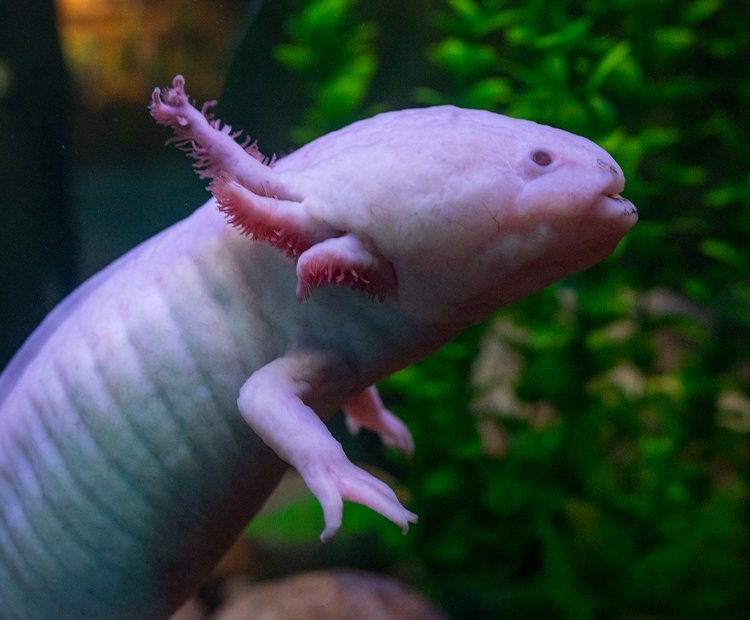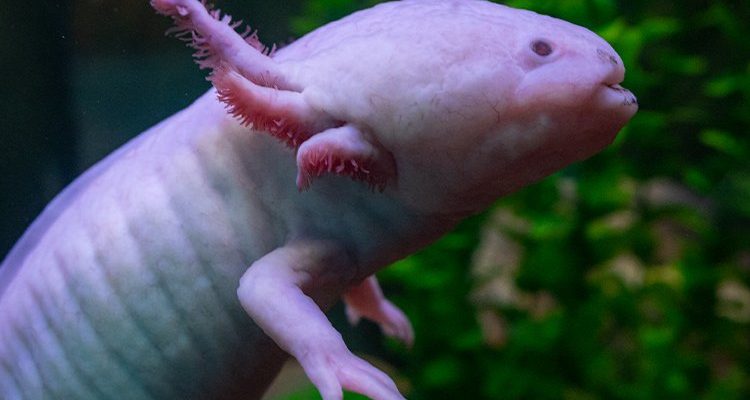
Let’s dig deeper into this topic and grab a cup of coffee together. I’ll break down why axolotls thrive in water, what happens if they’re taken out, and why understanding their needs is essential for anyone considering keeping them as pets. So, can axolotls really live outside of water? Spoiler alert: not well. But let’s explore it further.
What Are Axolotls?
Axolotls, often called “Mexican walking fish,” are actually a type of salamander. They hail from Mexico’s ancient lake complex, Lake Xochimilco. But here’s the twist: they spend their entire lives in water, and they never go through a typical metamorphosis like other amphibians do. Instead of transforming into a land-dwelling adult, axolotls remain in their aquatic juvenile form, complete with those cute external gills. This unique trait makes them quite special.
Why are they so popular? With their vibrant colors and quirky personalities, axolotls have captured the hearts of many. They also have remarkable regenerative abilities. If they lose a limb (yes, it’s true!), they can grow it back. This incredible ability has made them a topic of interest in scientific research, adding to their allure among pet owners and biology enthusiasts alike.
Can Axolotls Breathe Air?
Here’s a common misconception: many people think axolotls can breathe air like we do. While they have lungs, they primarily rely on their gills to extract oxygen from the water. You might be wondering what happens if they do come up for a breath. Well, they can gulp air, but it’s not their main source of oxygen.
Imagine if you had to breathe through a straw while swimming. You could get a breath now and then, but you’d still find it easier to stay submerged. That’s how axolotls function: they’re adapted for life underwater, where they can efficiently take in oxygen through their gills.
What Happens if Axolotls Are Out of Water?
Now, let’s tackle the heart of the matter. If you were to take an axolotl out of the water, they could survive for short periods, but it’s like asking a fish to live on land. They would quickly become stressed and dehydrated. Their skin is sensitive and can dry out, which leads to serious health issues.
Axolotls can handle a few minutes out of their watery home, but anything longer than that can lead to irreversible damage. They might gasp for air, and their skin would start to lose moisture. Here’s an interesting fact: axolotl skin is permeable, which means it absorbs water and substances from its environment. This permeability makes them incredibly vulnerable outside water.
How Long Can Axolotls Survive Out of Water?
Typically, axolotls can survive outside water for about 10 to 15 minutes, but it varies based on conditions like temperature and humidity. In a humid environment, they might hang on a bit longer than in a dry one. Think of it like trying to hold your breath—eventually, you need air, and for axolotls, that air isn’t conducive to their survival.
If you’re a pet owner or considering adopting an axolotl, it’s crucial to understand these limits. Ensuring they remain in a proper aquatic environment will not only keep them happy but also healthy.
Why Do People Think Axolotls Can Live Out of Water?
So, why does this myth persist? A lot of it comes from misunderstanding. Some folks might think because axolotls have lungs, they can live on land. Others might confuse them with their terrestrial counterparts.
Also, there’s a tendency to see amphibians as adaptable creatures that can transition between land and water. While some amphibians can indeed make that leap (pun intended), axolotls aren’t one of them. It’s essential to clear up this misconception since it can lead to care mistakes that could harm these adorable animals.
What Do Axolotls Need to Thrive?
If you’re interested in keeping axolotls, knowing what they need is key.
- Clean Water: They thrive in fresh, cool water with a temperature around 60-64°F (15-18°C). Frequent water changes and a good filtration system can help maintain quality.
- Diet: Axolotls are carnivorous. They love worms, small fish, and specially formulated pellets. A balanced diet will keep them healthy and active.
- Space: Ensure they have plenty of room to swim. A tank size of at least 20 gallons is typically recommended for one axolotl.
Understanding these needs not only helps in keeping them healthy but also enriches their lives. Just like us, axolotls need a suitable environment to thrive.
In summary, axolotls cannot live out of water for long periods without facing severe health risks. Their unique biology has adapted them for an aquatic life, making them totally dependent on water for survival. As charming as they are, keeping axolotls means understanding and respecting their needs—just like you would with any pet.
So, if you see adorable axolotls being portrayed as land creatures, remember to share what you know. They might look like they could stroll right out of the water, but in reality, they’re happiest right where they belong—swimming in their cool, clean habitat. Let’s celebrate these incredible creatures and provide them with the best care possible!

